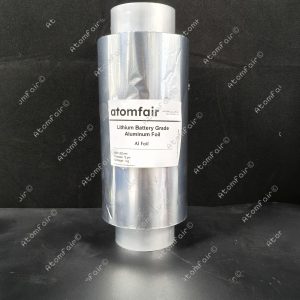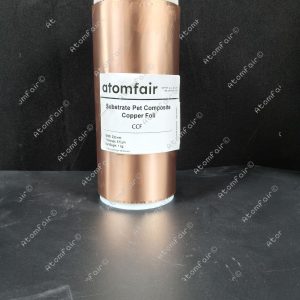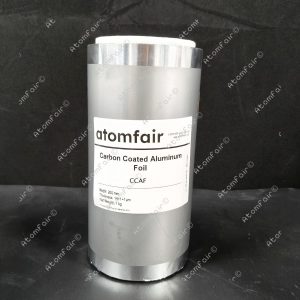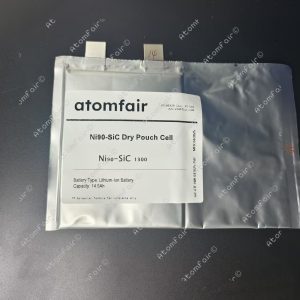Your cart is currently empty!

Atomfair Dimethyl sulfite C2H6O3S
Description Dimethyl sulfite (CAS No. 616-42-2) is a high-purity organic compound with the molecular formula C2H6O3S , widely utilized in research and industrial applications. This colorless to pale yellow liquid is characterized by its distinctive sulfurous odor and excellent solvency properties. As a dimethyl ester of sulfurous acid, it serves as a versatile reagent in organic synthesis, particularly in the formation of sulfonates and as a sulfonating agent. Our product is rigorously tested to ensure optimal purity (>98%) and consistency, making it ideal for sensitive chemical processes. Packaged under inert gas to prevent degradation, this compound is available in quantities…
Description
Description
Dimethyl sulfite (CAS No. 616-42-2) is a high-purity organic compound with the molecular formula C2H6O3S, widely utilized in research and industrial applications. This colorless to pale yellow liquid is characterized by its distinctive sulfurous odor and excellent solvency properties. As a dimethyl ester of sulfurous acid, it serves as a versatile reagent in organic synthesis, particularly in the formation of sulfonates and as a sulfonating agent. Our product is rigorously tested to ensure optimal purity (>98%) and consistency, making it ideal for sensitive chemical processes. Packaged under inert gas to prevent degradation, this compound is available in quantities ranging from laboratory-scale vials to bulk drums, ensuring suitability for both academic research and large-scale production.
- CAS No: 616-42-2
- Molecular Formula: C2H6O3S
- Molecular Weight: 110.13
- Exact Mass: 110.00376522
- Monoisotopic Mass: 110.00376522
- IUPAC Name: dimethyl sulfite
- SMILES: COS(=O)OC
- Synonyms: Dimethyl sulfite, Methyl sulfite, Sulfurous acid, dimethyl ester, Dimethyl sulphite, Dimethylsulfite
Application
Dimethyl sulfite is primarily employed as a key intermediate in organic synthesis, facilitating the introduction of sulfonate groups into target molecules. It finds application in the production of specialty chemicals, including pharmaceuticals and agrochemicals, where sulfonation is a critical step. Additionally, its solvency properties make it useful in polymer chemistry and as a reaction medium for certain catalytic processes. Researchers also utilize it in electrochemistry and battery electrolyte formulations due to its ability to modify ionic conductivity.
If you are interested or have any questions, please contact us at support@atomfair.com
Related products
-
Atomfair 1 kg/roll Battery Grade Aluminum Foil (200mm W x 12um T) for Battery Electrode Substrate/ Current Collector
$169.95 -
Atomfair 1 kg/roll Battery Grade PET Composite Copper Foil for Battery Anode Substrate/ Current Collector
$529.95 -
Atomfair 1 kg/roll Double Sides Conductive Carbon Coated Aluminum Foil for Battery Electrode Substrate/ Current Collector (200 mm wide 14+1+1 um thick)
$189.95 -
Atomfair 14.5 AH Ni90 || SiC Dry Pouch Battery Cell Without Electrolyte Filling
$550.00 -
Atomfair 1AH LMR || Graphite Dry Pouch Cell Lithium Ion Battery
$329.95




